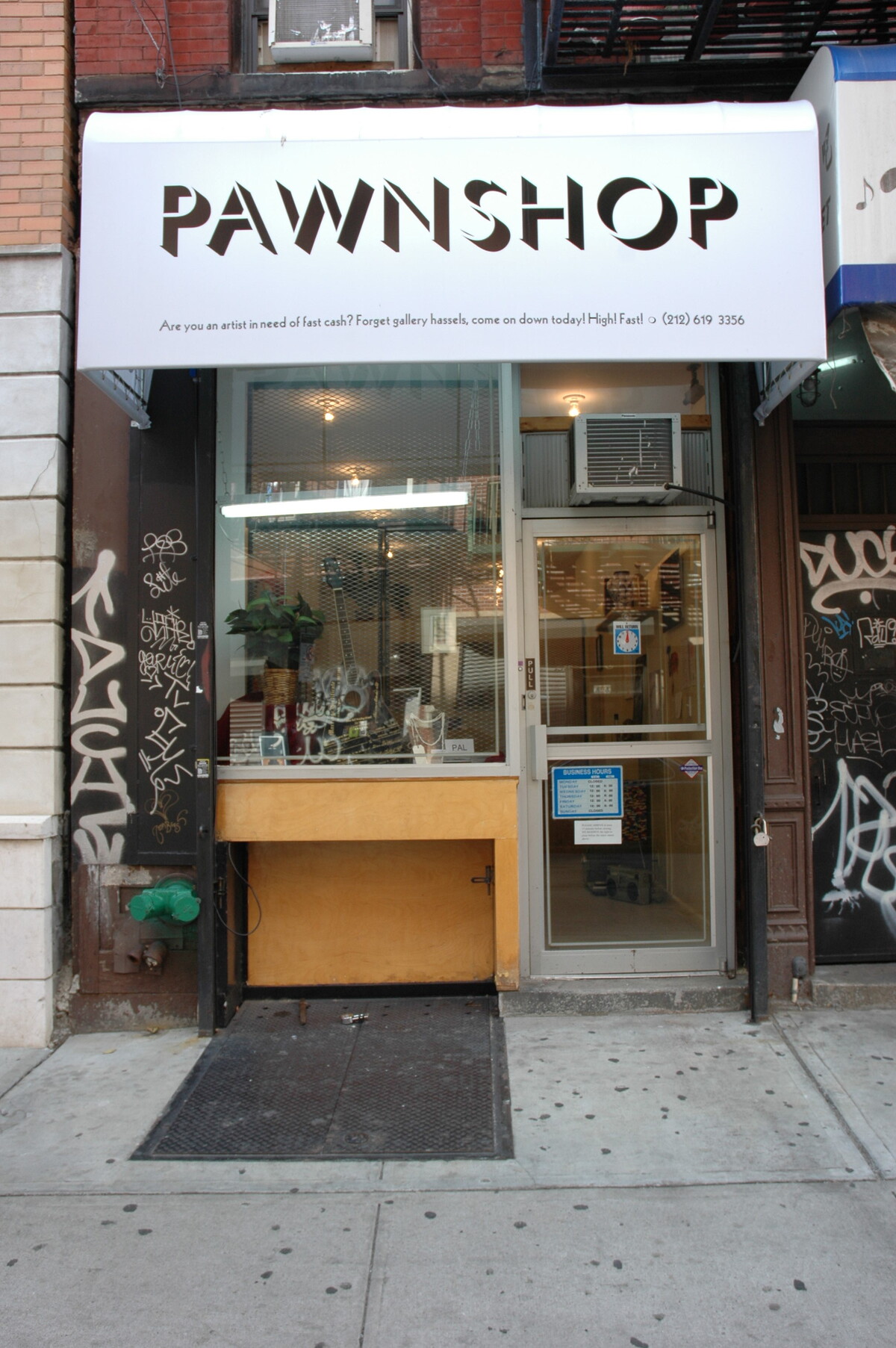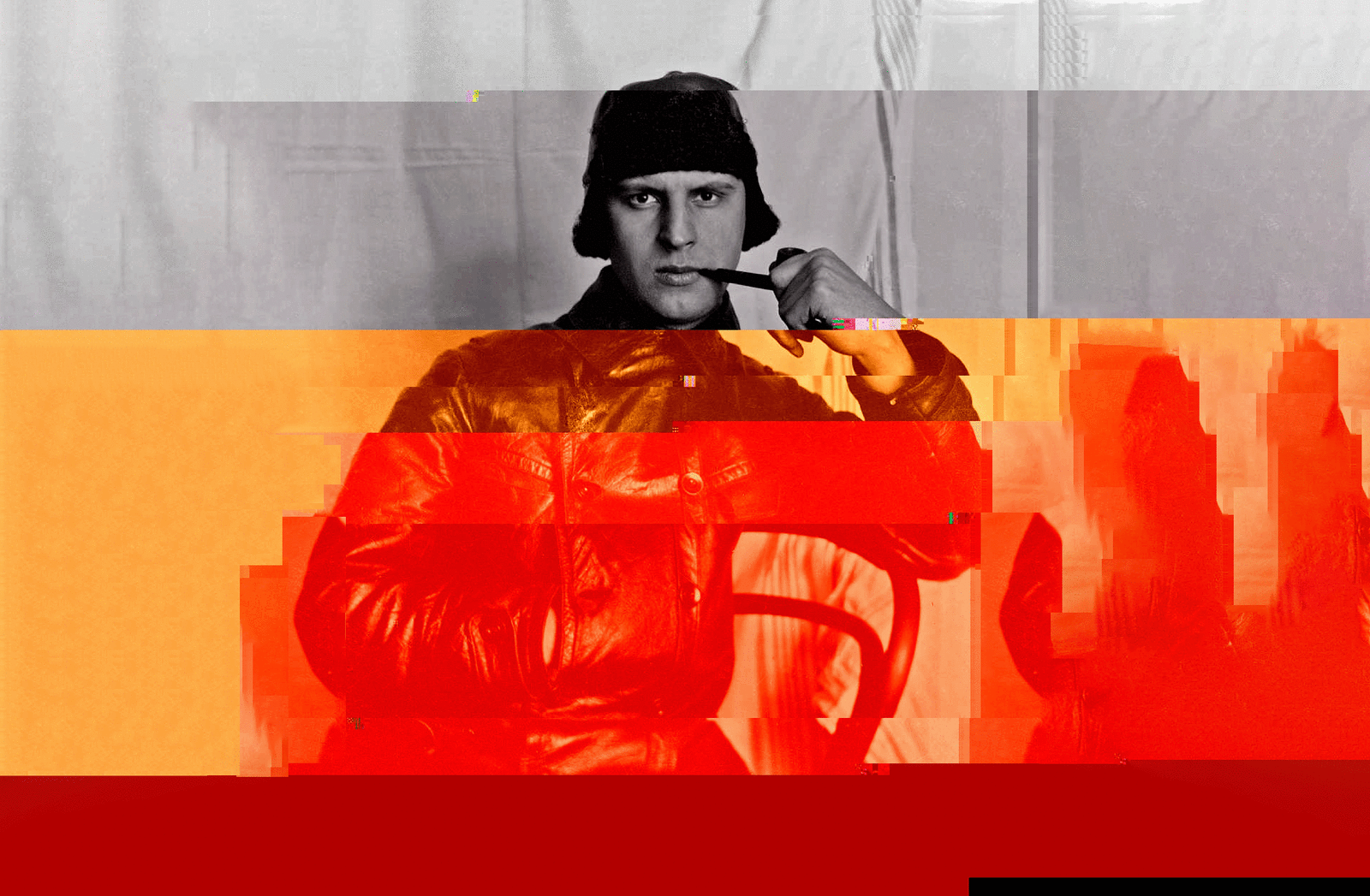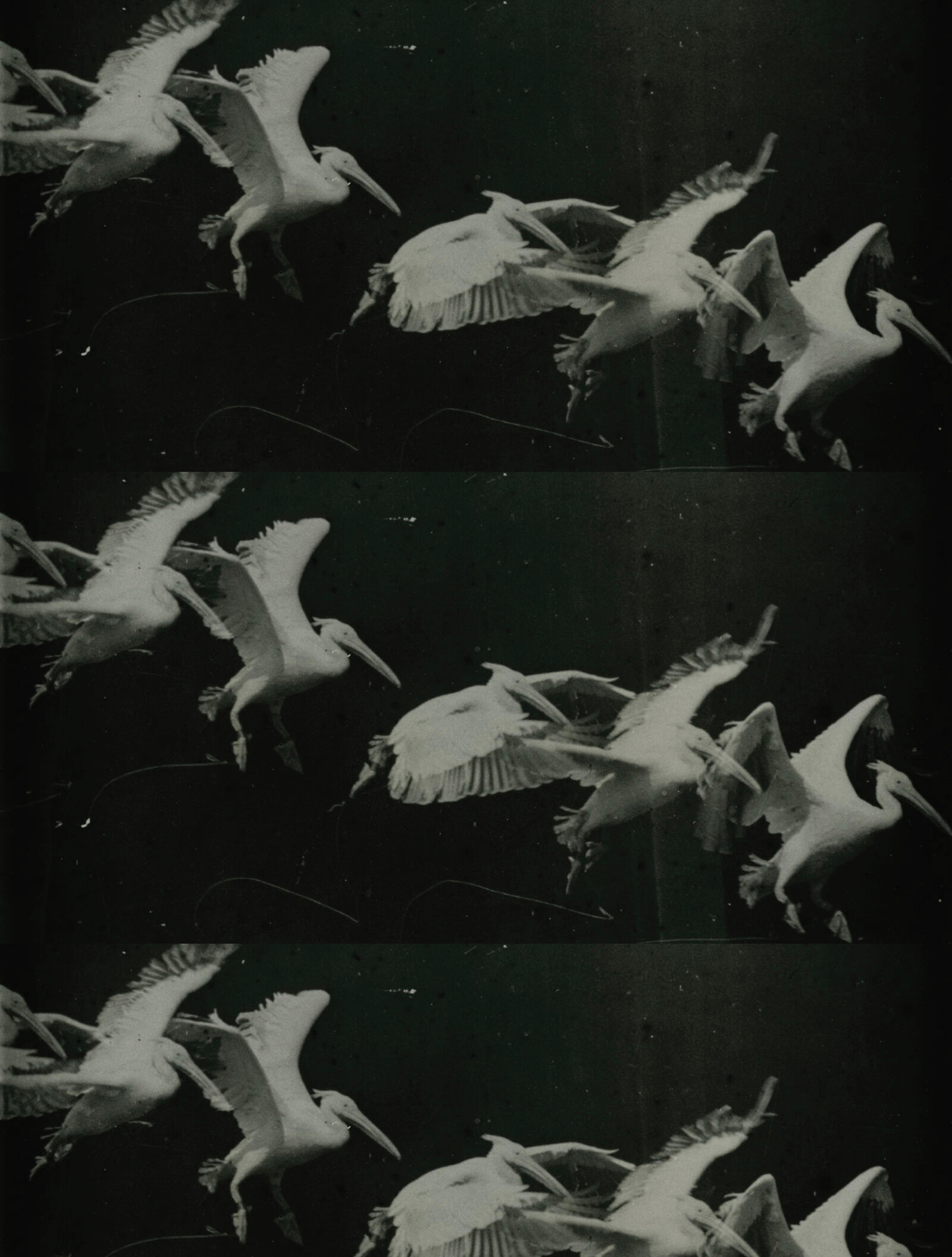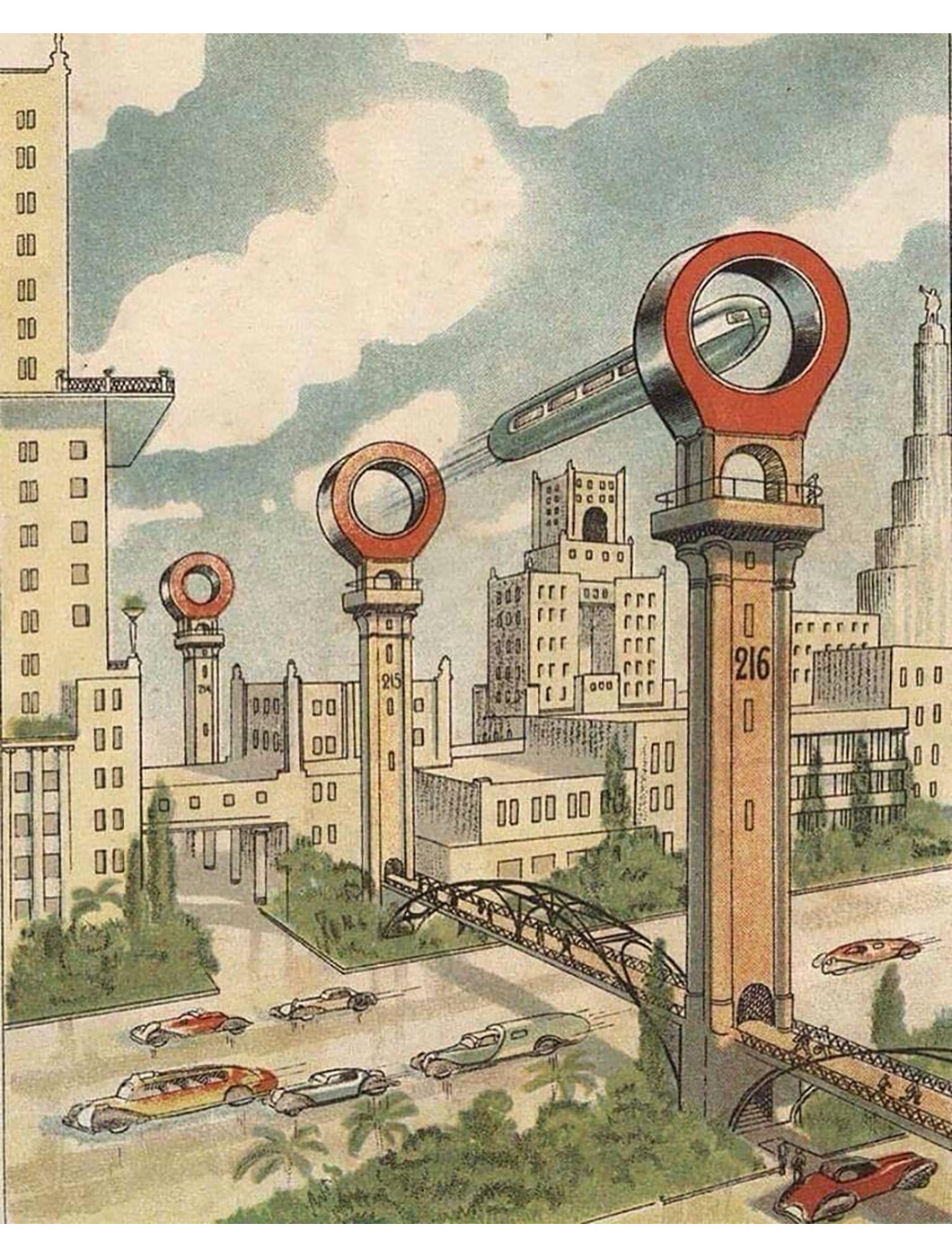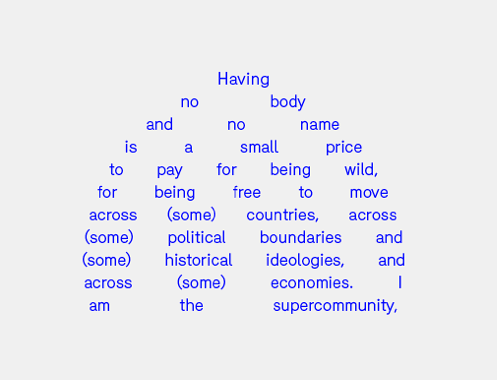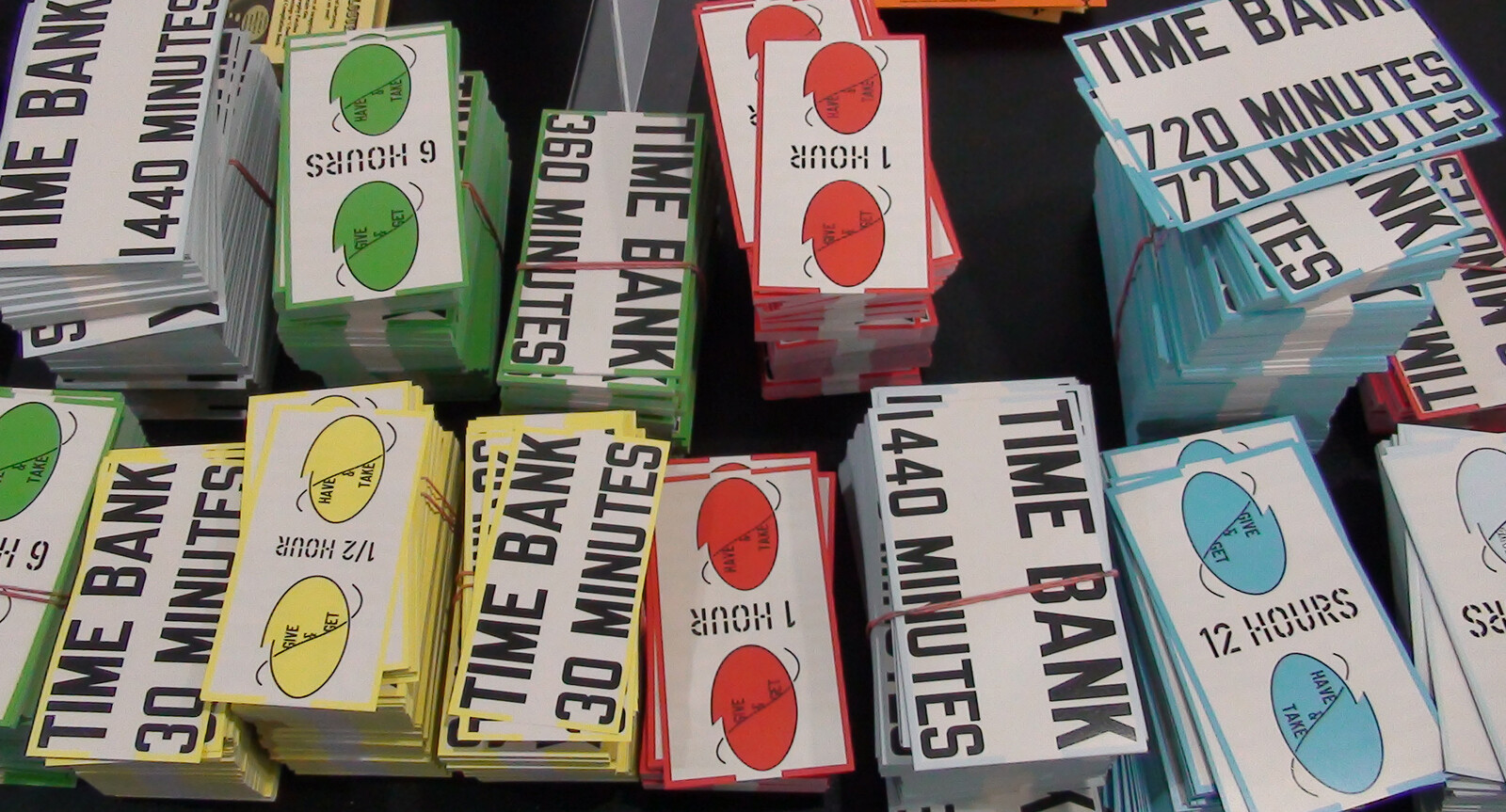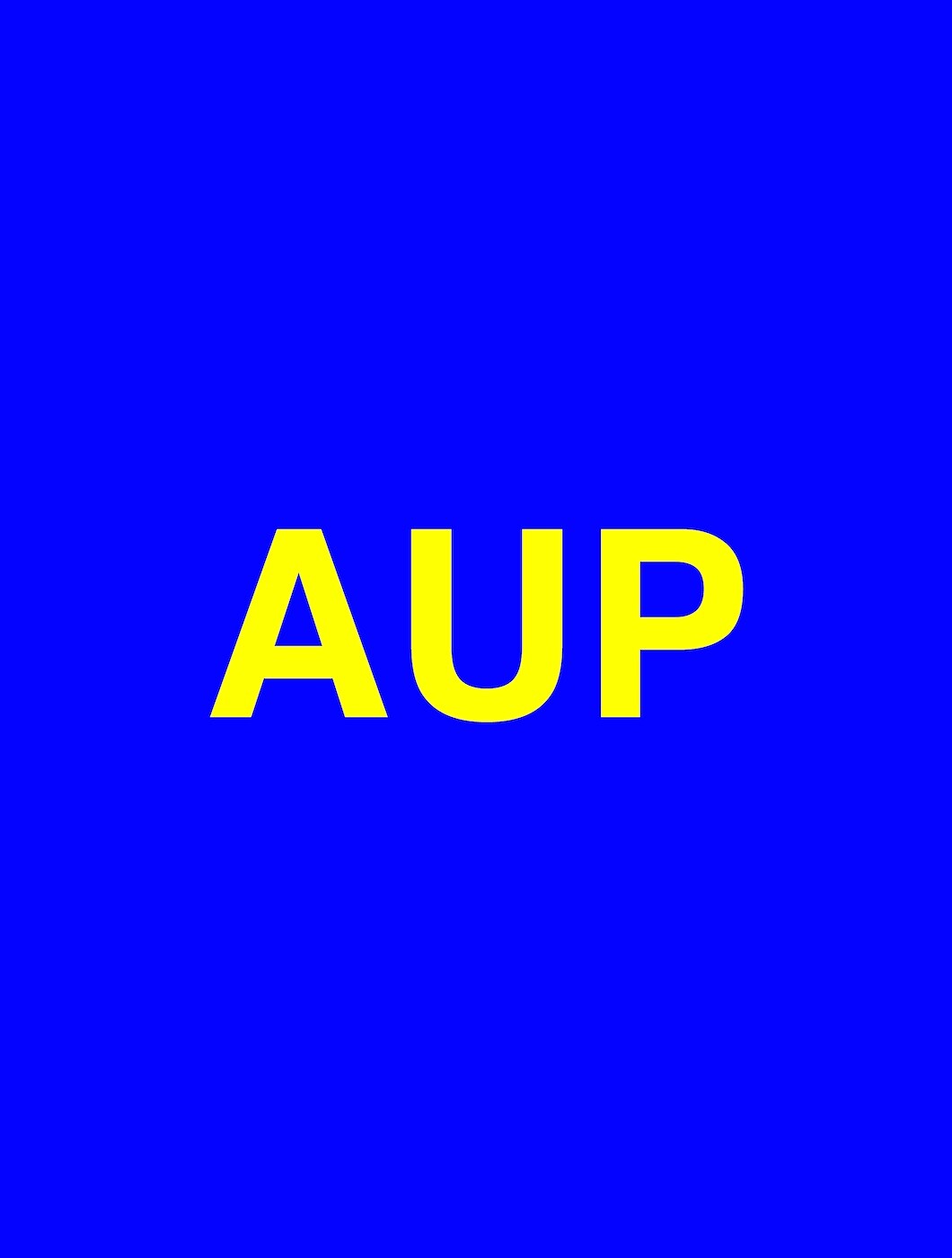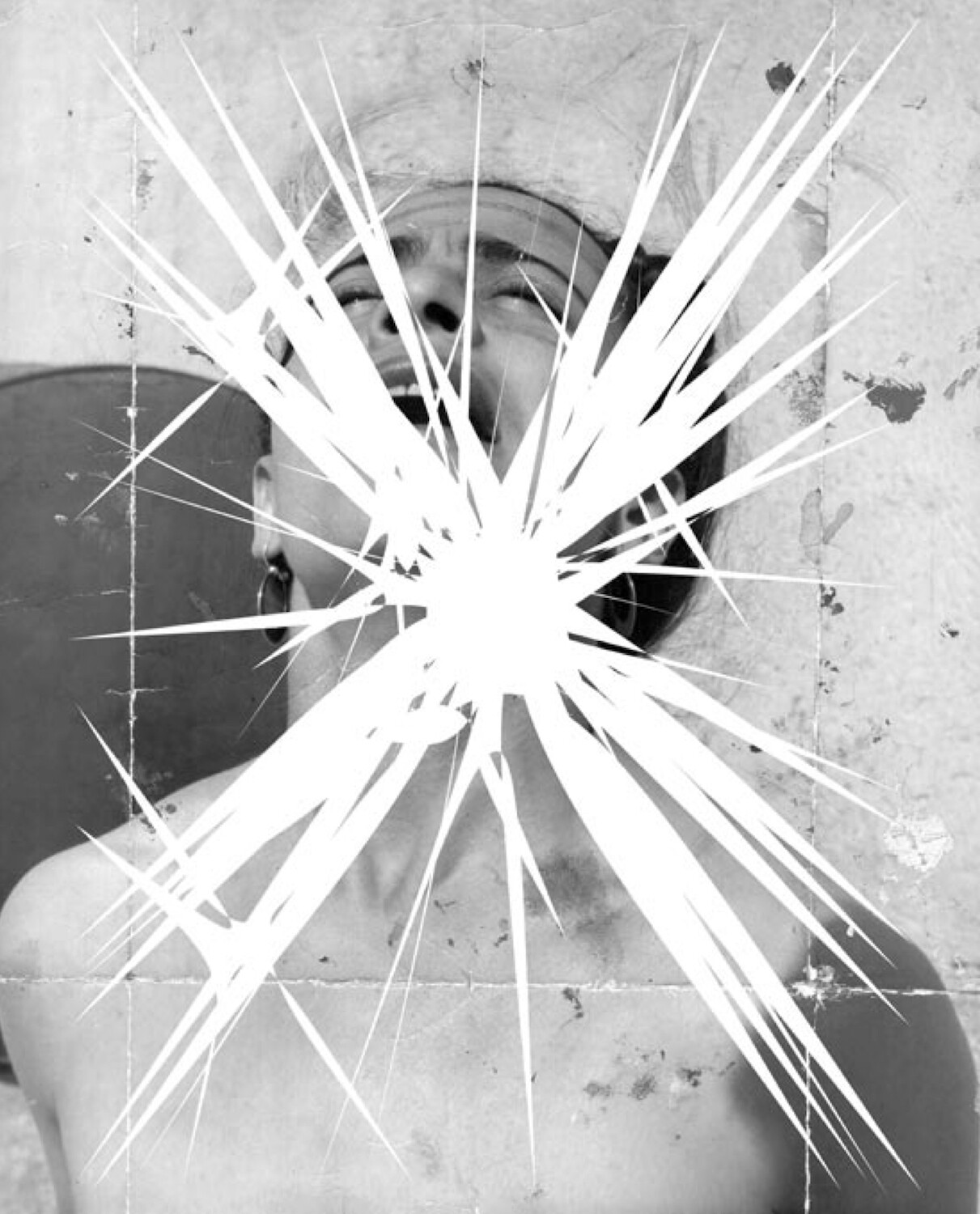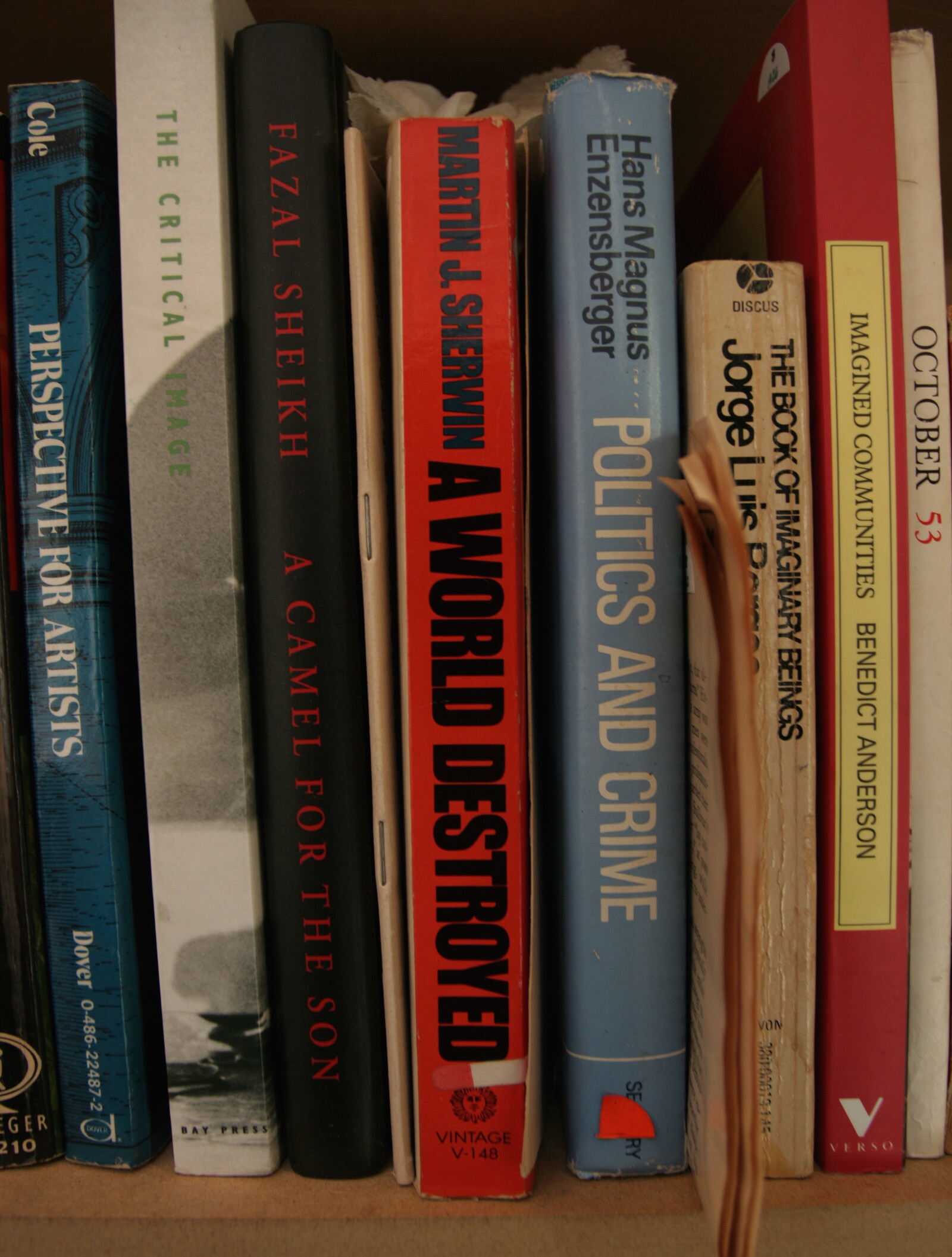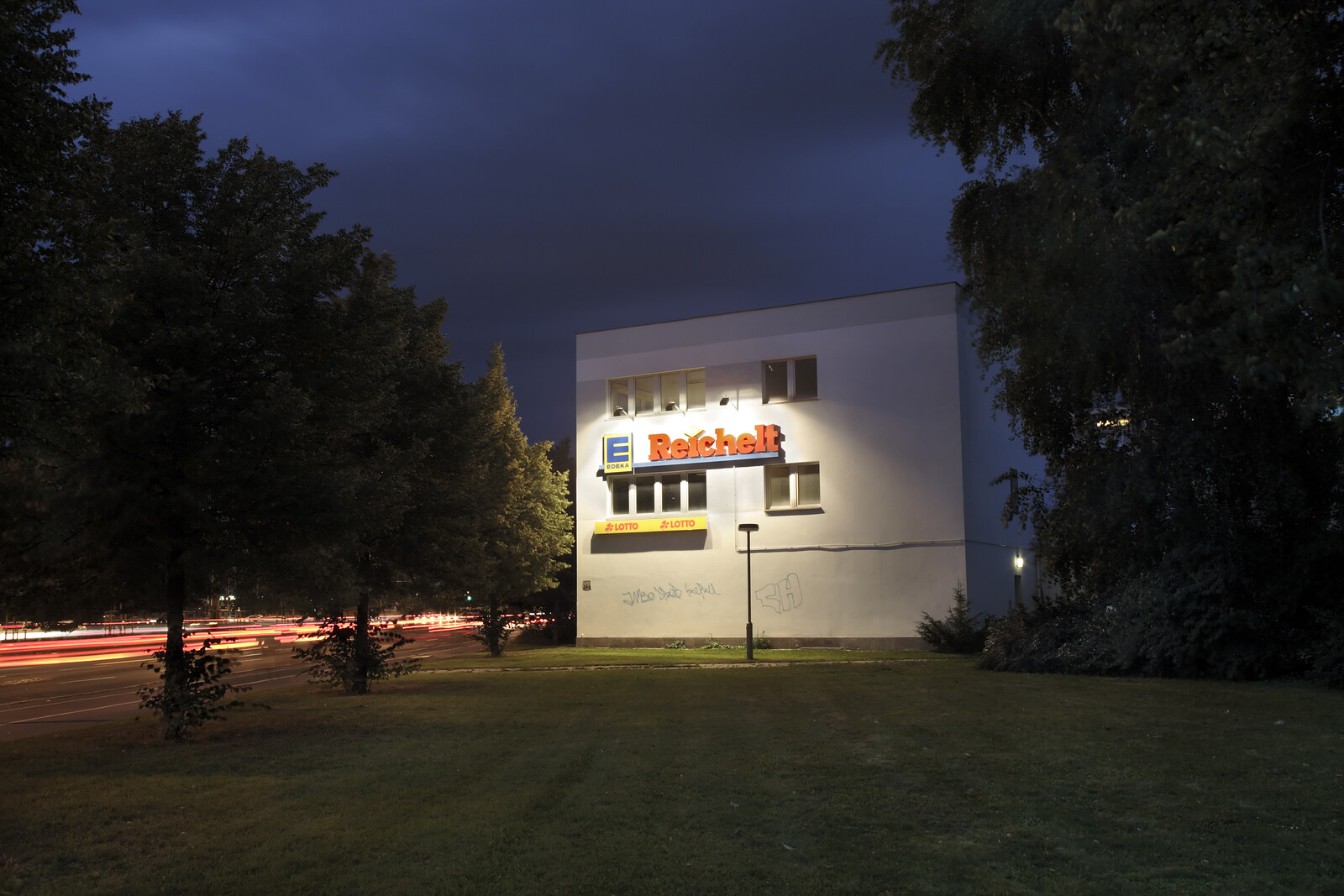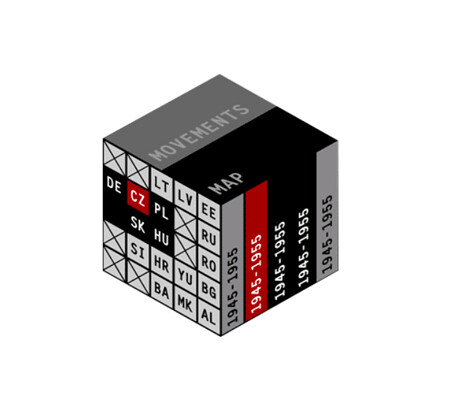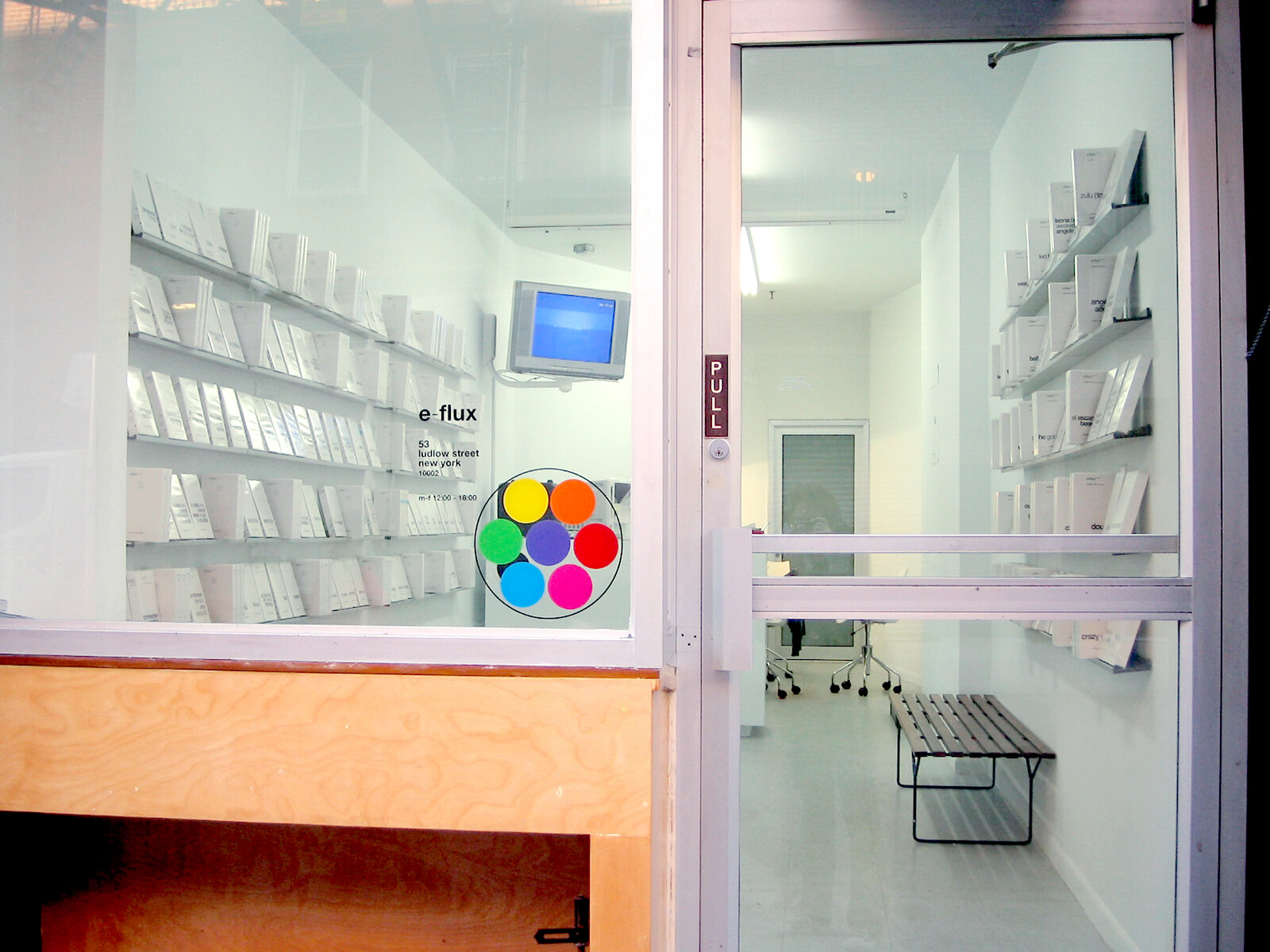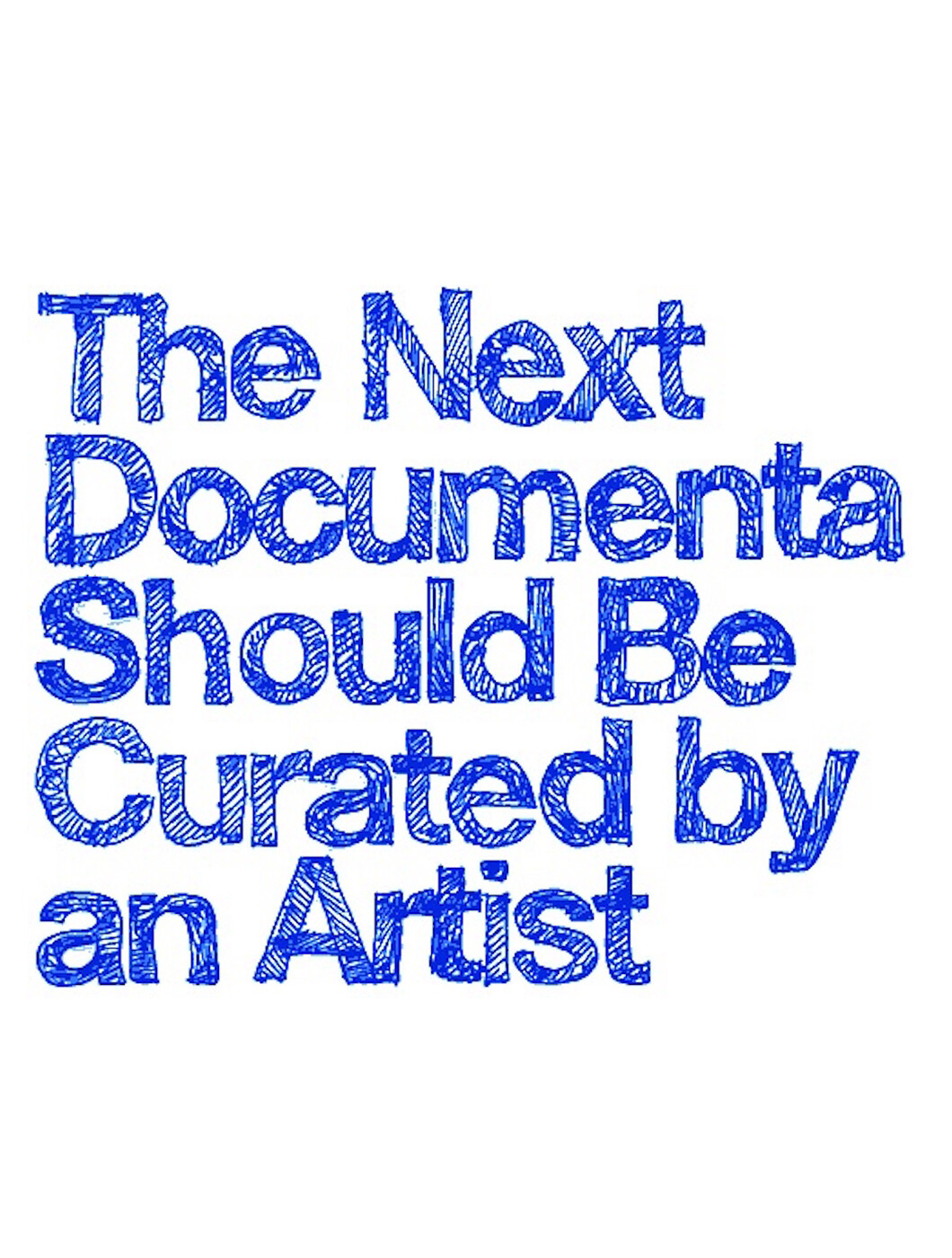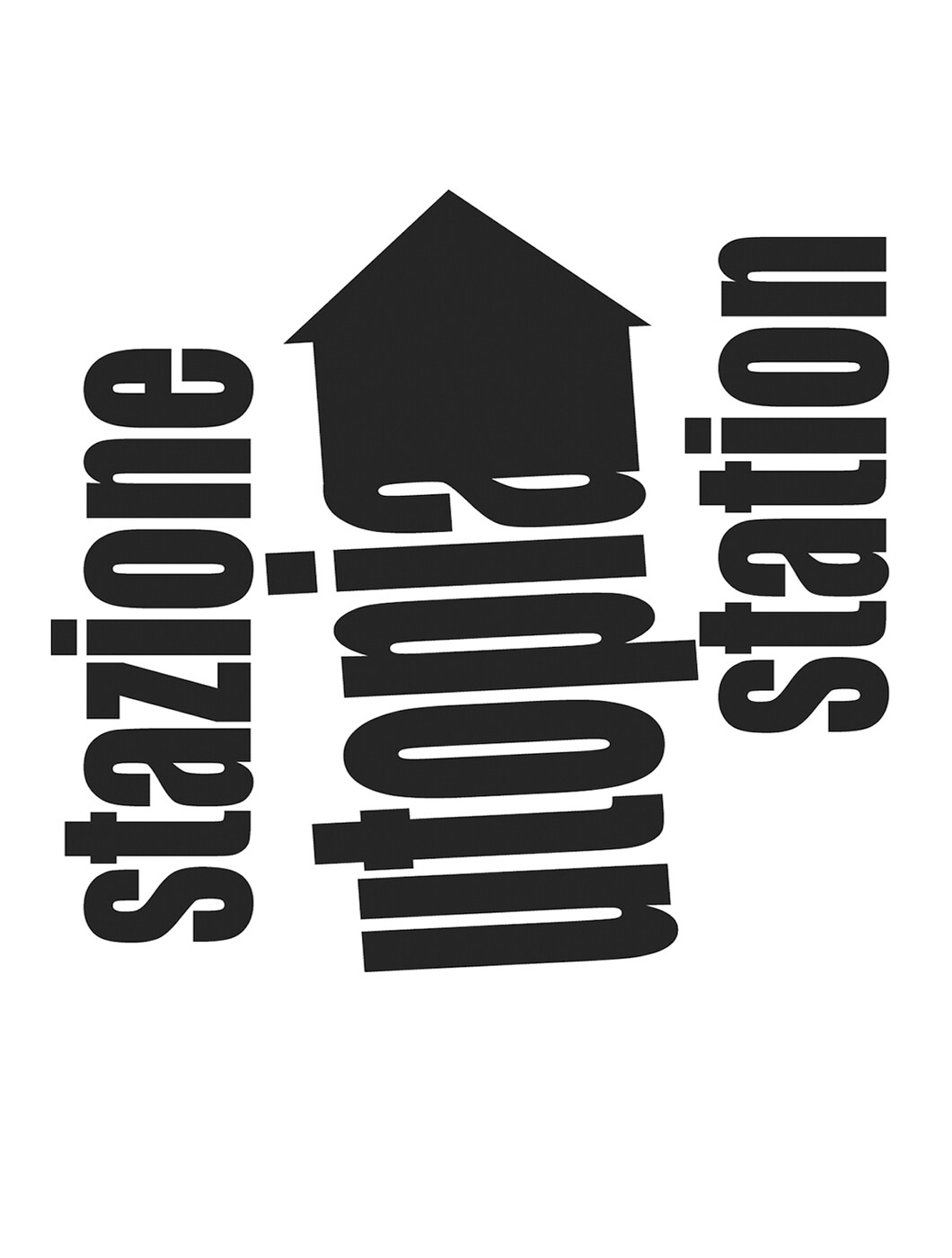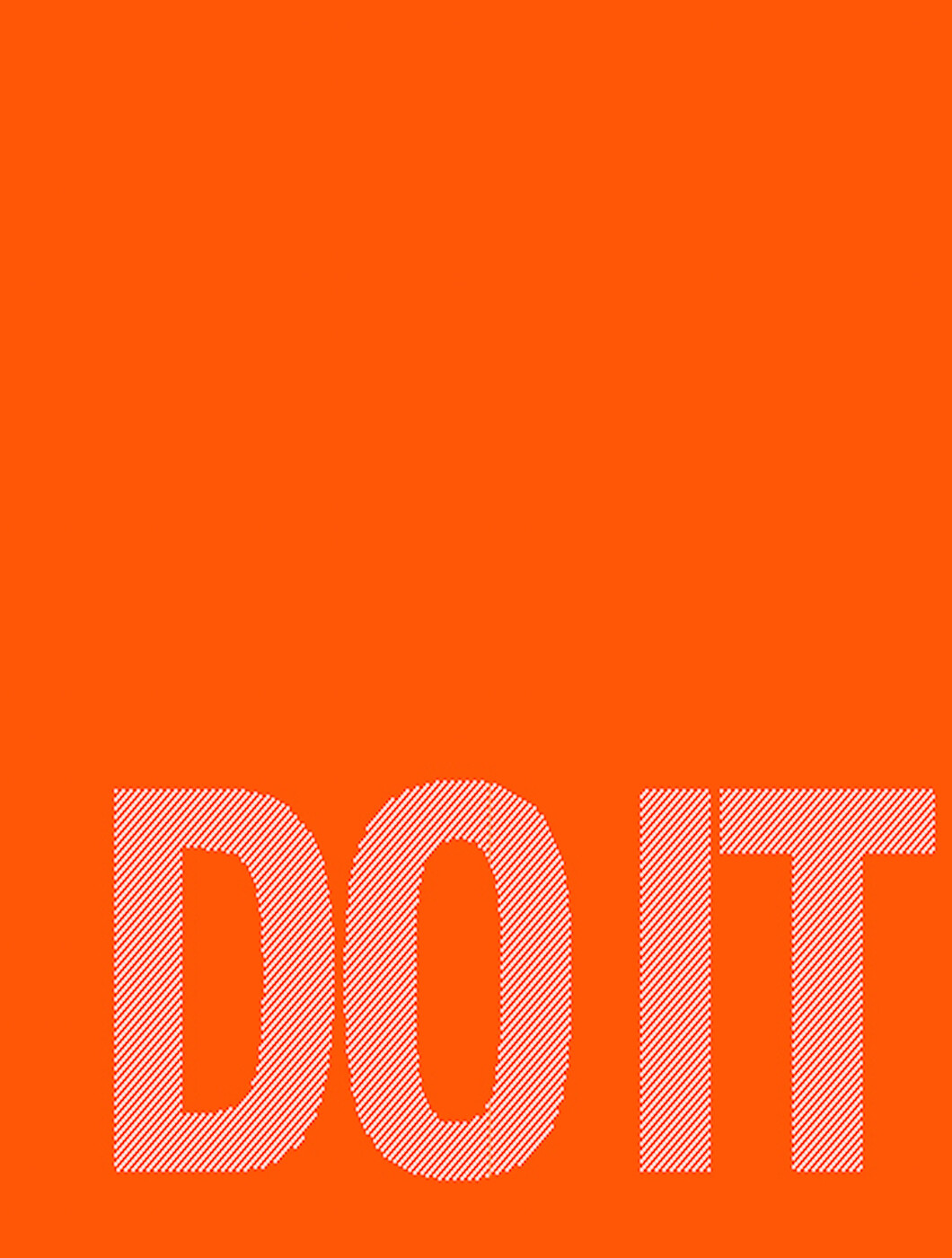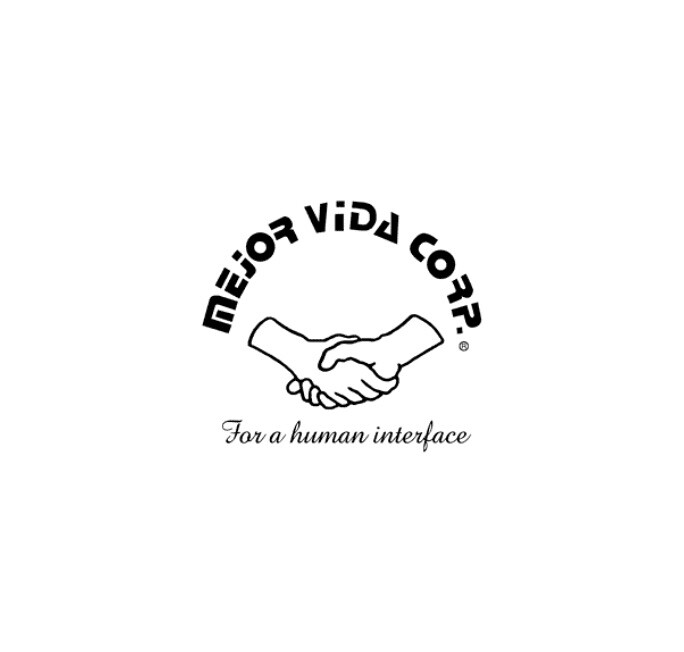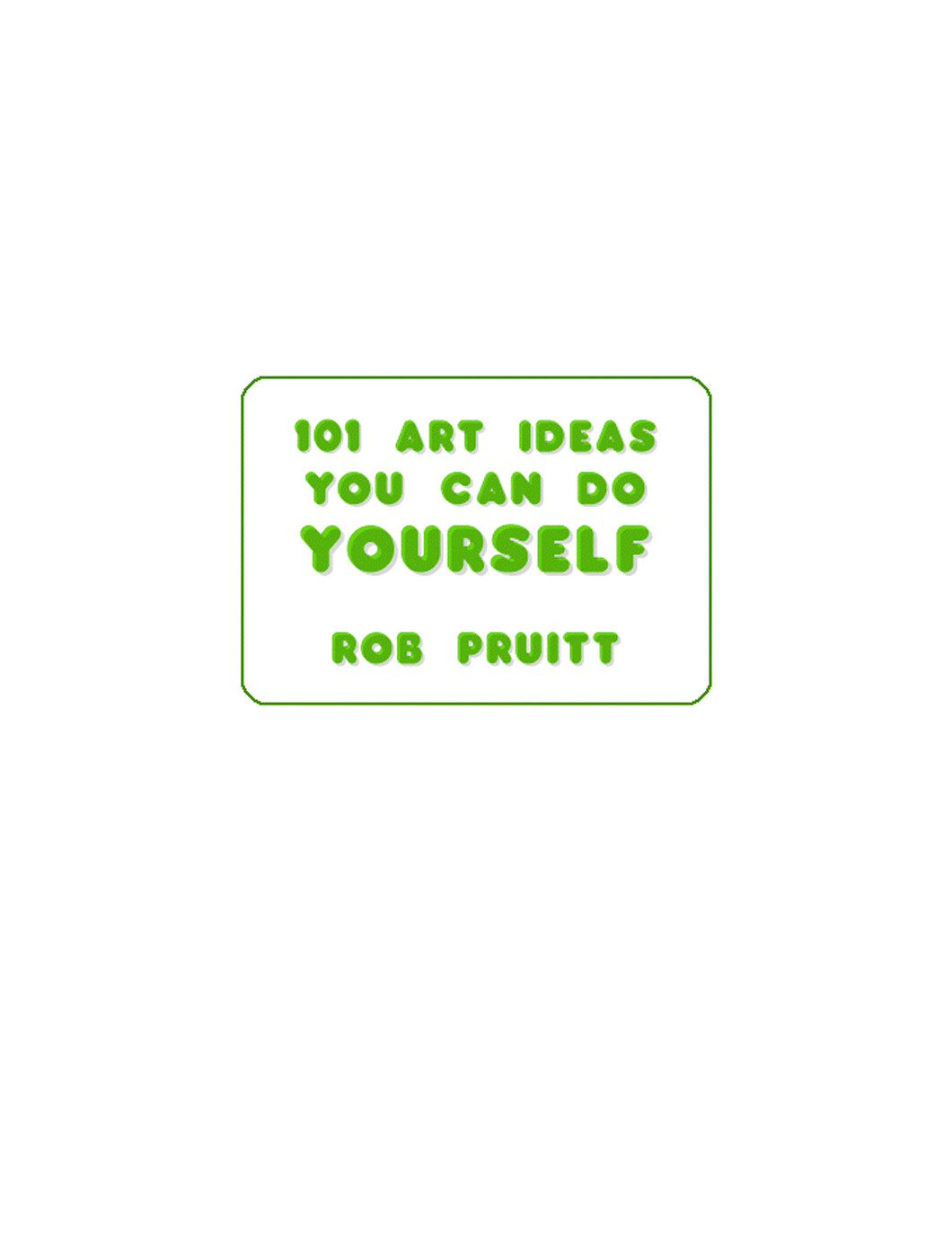Pawnshop
PAWNSHOP was a conversion of e-flux’s Ludlow Street office space into a pawnshop dedicated to the pawning of artworks.
Structurally, a pawnshop is a short-term loan business, which retains a collateral object in exchange for cash — a small fraction of the object’s value that must be repaid with interest for the item is to be re-claimed by its original owner. If, after 30 days, the item has not been claimed, the pawnbroker earns the right to sell it, and the pawned object remains on display until it is picked up or purchased by someone else.
PAWNSHOP’s initial inventory is comprised of over 60 pawned works from a group of artists invited to participate in the project. After PAWNSHOP opens for business on October 1st, artists may walk in with a work they want to pawn — we will happily look at all submissions and, if we find any of interest, we may add them to our inventory. After the initial 30 days, on November 1st, the artworks that have not been retrieved by their original owners may become available for sale.
Although these days pawnshops are often found in distressed urban neighborhoods, or near gambling sites where fast cash comes at a premium, this was not the case historically. From early Chinese society to the Medici era in Europe, pawnshops served as primary lenders to their communities and provided financial bases for some of the more important historical events of their times, including the discovery of the Americas; Columbus’ voyage was funded by Queen Isabella of Spain pawning her jewels. We are very curious what discoveries our pawnshop will bring about…
For several years now e-flux has been experimenting with models unusual for art, exploring the poetics of circulation and distribution. We love pawnshops for their mix of acute inventiveness, futurity and anticipation… and the idea that the object (a gun, a ring, a work of art in our case) is collateral for cash, a substitution, which might be traded back for the object during a set duration of time. A pawnshop is a stage where merchandise and money dance in a choreography that could have them circle back and cancel each other out, but in fact rarely does. What better place to question how the value of the artwork and the worth of money might be set, and reset.

Pawnshop at e-flux storefront, New York, 2007
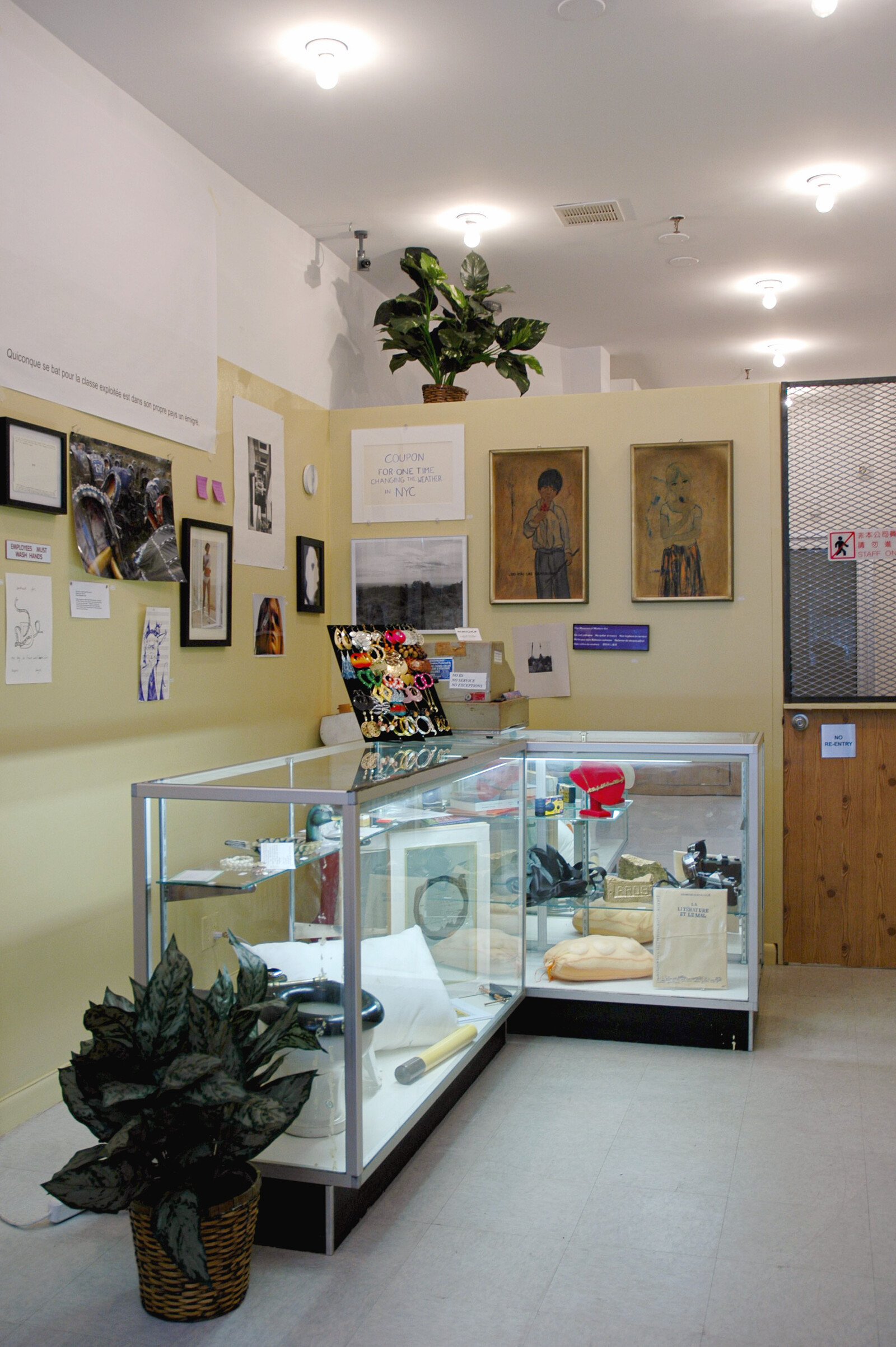
Pawnshop at e-flux storefront, New York, 2007
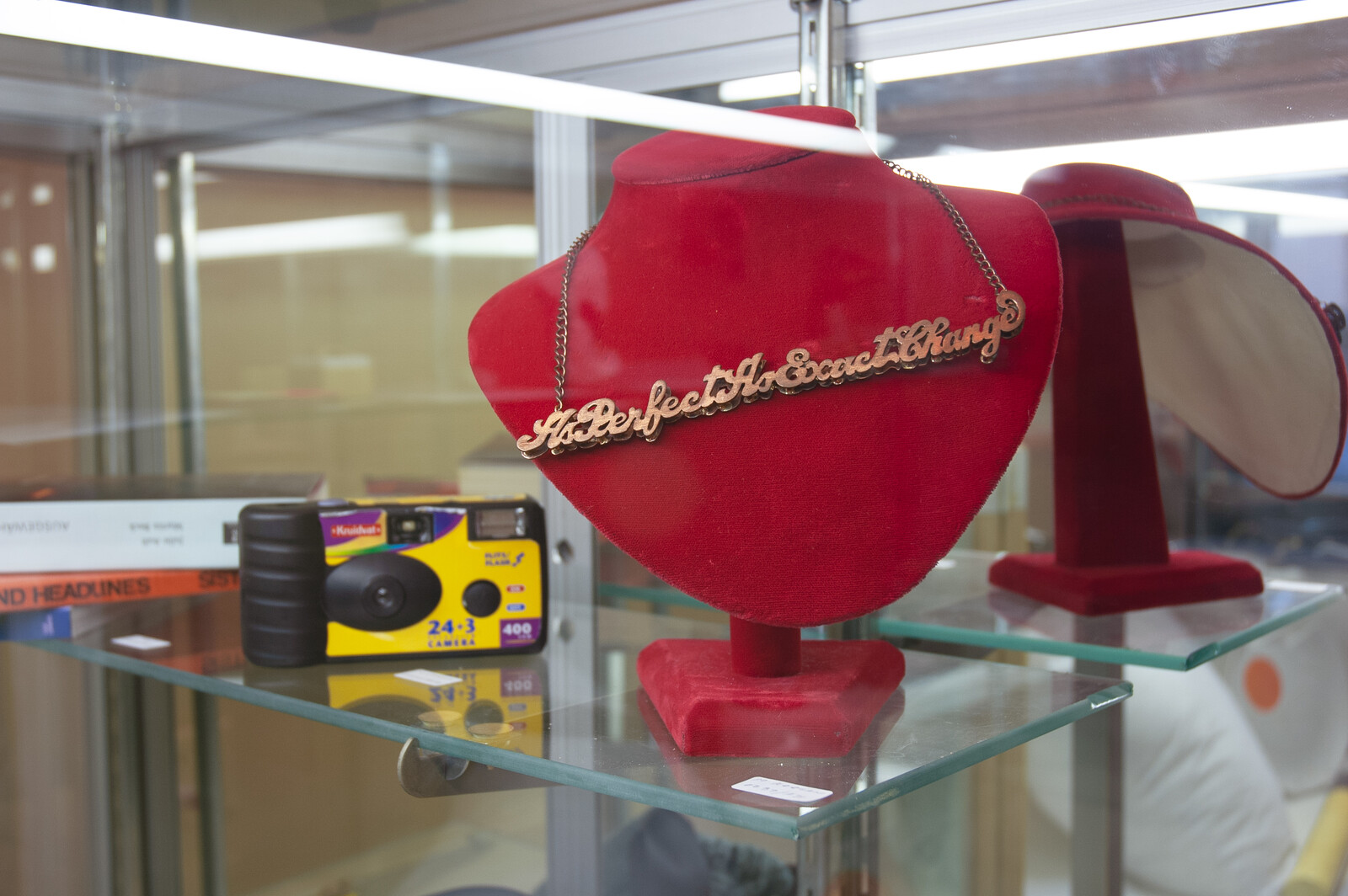
Pawnshop at e-flux storefront, New York, 2007
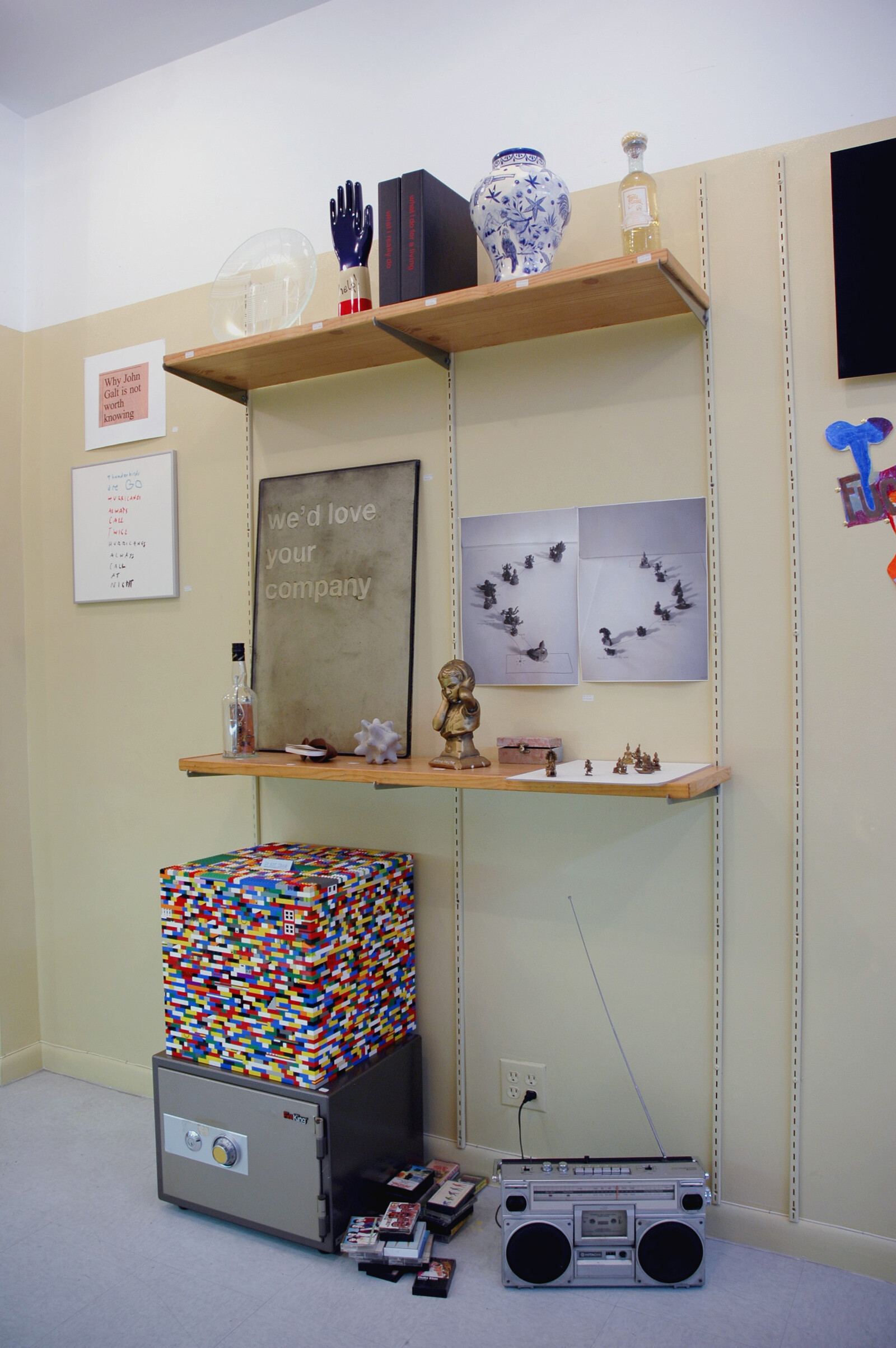
Pawnshop at e-flux storefront, New York, 2007
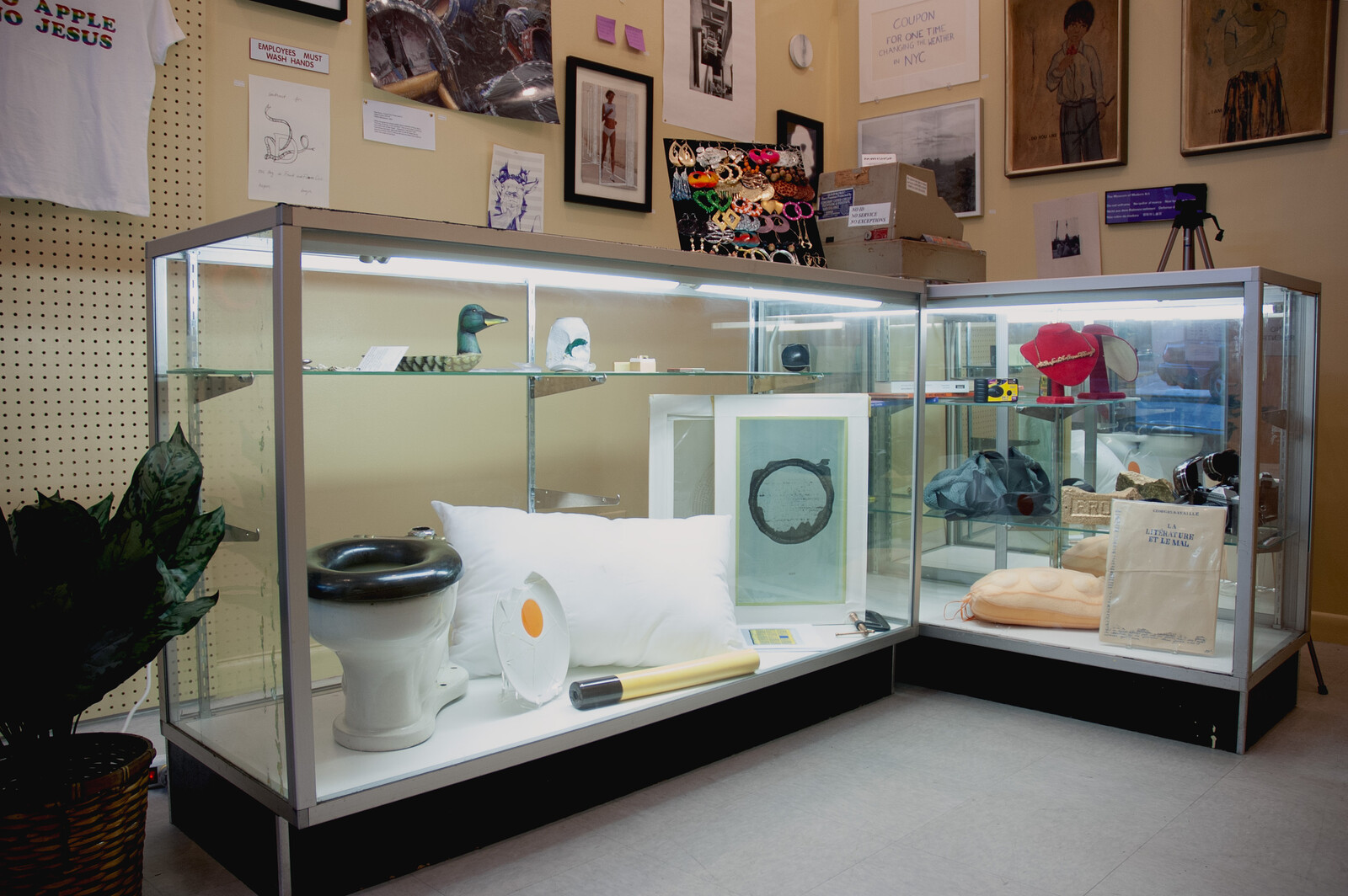
Pawnshop at e-flux storefront, New York, 2007

Pawnshop at e-flux storefront, New York, 2007

Pawnshop at e-flux storefront, New York, 2007
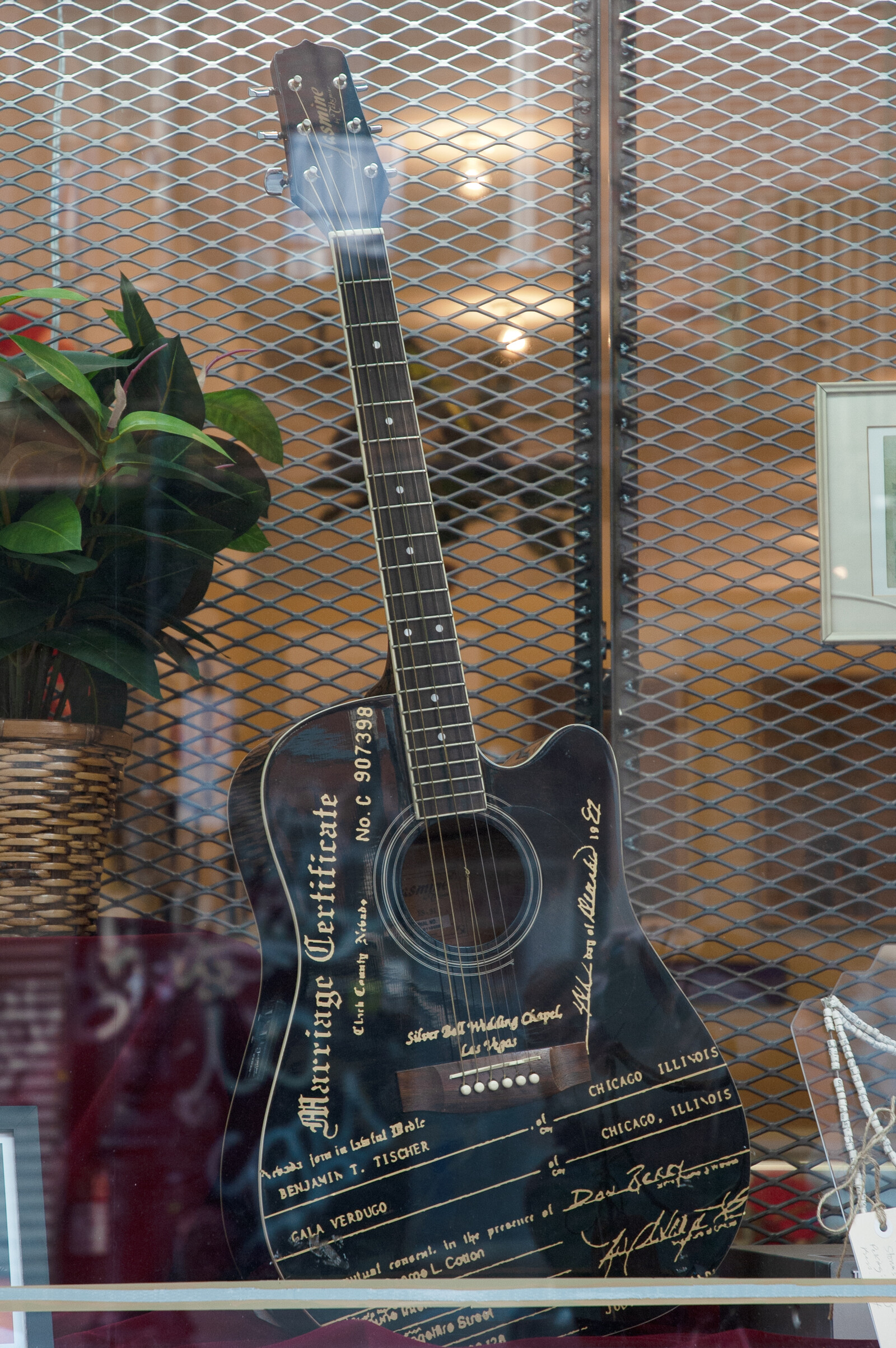
Pawnshop at e-flux storefront, New York, 2007
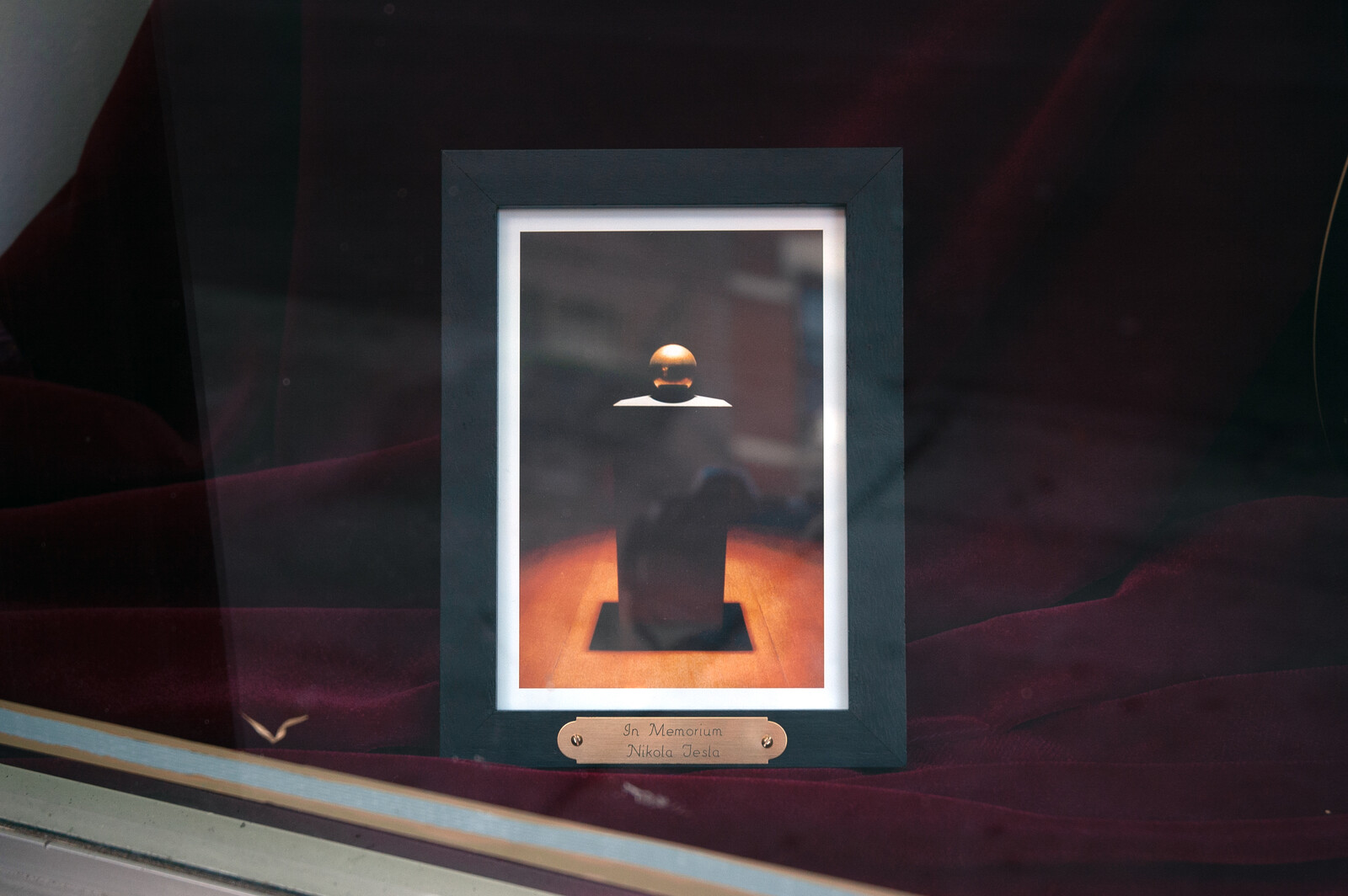
Pawnshop at e-flux storefront, New York, 2007
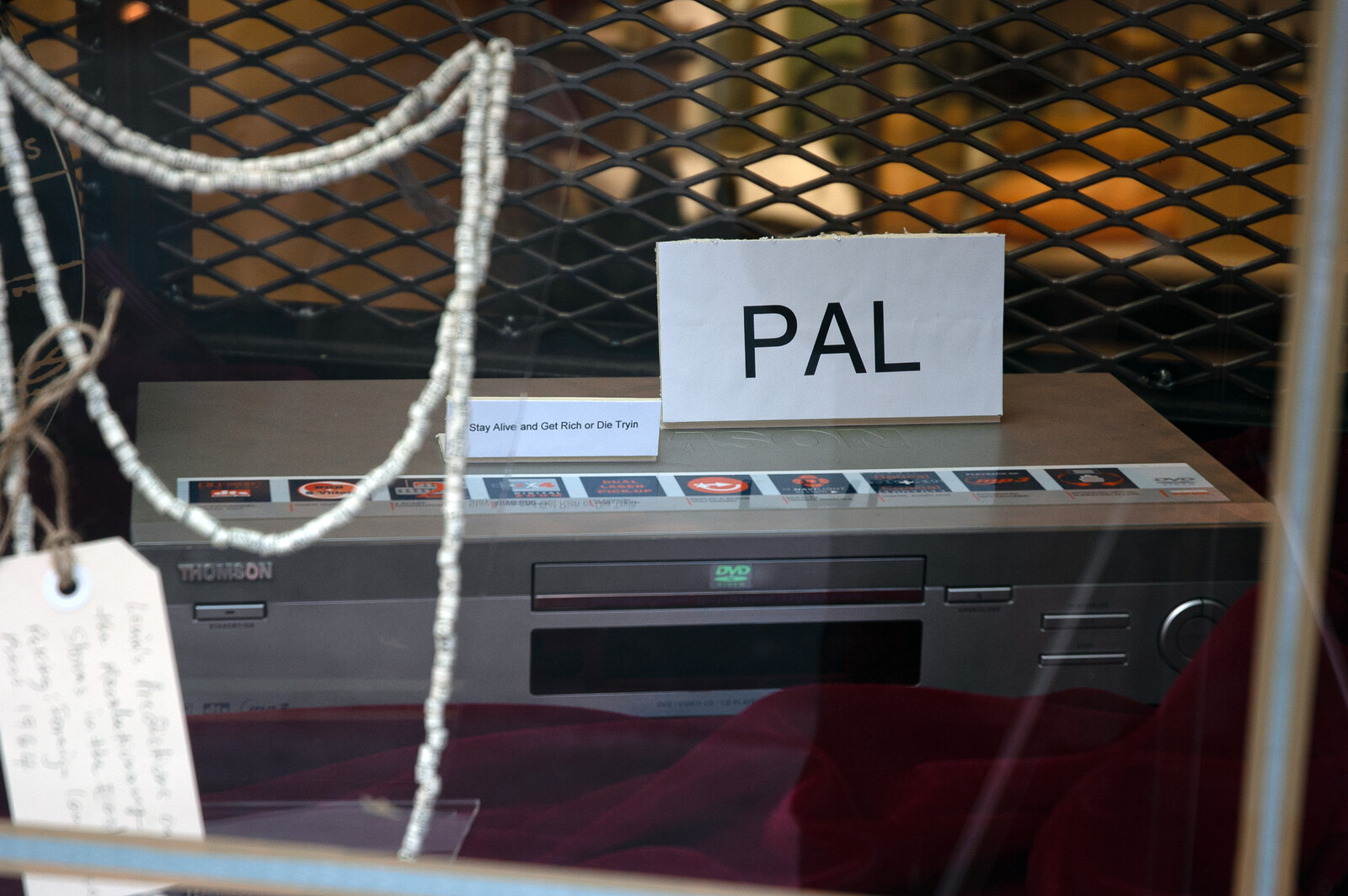
Pawnshop at e-flux storefront, New York, 2007
Pawnshop at e-flux storefront, New York, 2007
Reviews
“Thirty days into e-flux’s PAWNSHOP”, ArtCat •
Last month e-flux’s Ludlow street location was transformed into a pawnshop as exhibition space , a new project by artists Liz Linden, Julieta Aranda, and Anton Vidokle. For the transformation, some sixty contemporary artists were solicited to contribute works to be pawned — that is, exchanged for a cash value, and kept for 30 days before being…
Last month e-flux’s Ludlow street location was transformed into a pawnshop as exhibition space, a new project by artists Liz Linden, Julieta Aranda, and Anton Vidokle. For the transformation, some sixty contemporary artists were solicited to contribute works to be pawned — that is, exchanged for a cash value, and kept for 30 days before being offered for sale — which tomorrow become available for purchase to patrons of the pawnshop. The artists who have contributed works include both senior and mid-career artists, some with active collector bases, so much of the works currently on view could well be removed from the space if collectors descend upon the location as it becomes a commercial art distrubution venue. The location has also been aesthetically transformed into one vision of a contemporary American pawnshop, outfitted with pegboard walls, a conventional retail window display, florescent-lit display cases, and an awning that eschews any indication of a commercial or institutional exhibition space.
This functional aesthetic framework does more than recycle an economic model of money lending, barter, and exchange, but also creates the potential for turning unsuspecting patrons into art spectators as they casually wander in to browse the wares. Herein lies the strength of the exhibition, which is complemented further by e-flux’s quiet LES location. The historical and critical precedents for this type of relational work are abundant. Nicolas Bourriaud used the model of the flea market to describe a certain strain of 90s art practice inPostproduction. What Bourriaud fails to mention in his text, however, are the artists who set up shop years prior, like Martha Rosler. Rosler provides perhaps the clearest historical prototype to PAWNSHOP with the garage sales she organized in contemporary art spaces in the 70s and later reproduced in the 80s. While Rosler advertised her garage sales both in local general-interest publications and specialized art journals, e-flux’s PAWNSHOP lies in wait for unsolicited patrons to enter and engage with the staff on hand, negotiating the established commercial protocol of the pawnshop and the art object. This human element, PAWNSHOP’s staff, animates the exhibition and playfully vulgarizes, or, one might even suggest democratizes, the often stiff and financially exclusive world of contemporary art collecting with the contextual application of a well-established and populist economic form.
“Pawnshop Project Opens on Ludlow Street” •
On October 1st, PAWNSHOP , a project organized by artists Julieta Aranda, Liz Linden and Anton Vidokle took over e-Flux’s storefront on Ludlow Street to host a different kind of art exhibition – a literal pawnshop where artworks are submitted by artists for cash, and if not reclaimed after 30 days, placed for sale exclusively by the shop….
On October 1st, PAWNSHOP, a project organized by artists Julieta Aranda, Liz Linden and Anton Vidokle took over e-Flux’s storefront on Ludlow Street to host a different kind of art exhibition – a literal pawnshop where artworks are submitted by artists for cash, and if not reclaimed after 30 days, placed for sale exclusively by the shop. Questioning both the value of a work of art and the worth of money, PAWNSHOP poses an alternative venue to the traditional gallery setting.
With the slogan, “Are you an artist in need of fast cash? Forget gallery hassles, come on down today! High! Fast!” PAWNSHOP has opened it’s doors for lesser known artists to not only have an opportunity at momentary representation, but also make a quick buck from the often relentless art market. All the proceeds from the PAWNSHOP will be donated to charity.
Over 60 international established and emerging artists where initially asked to participate in the shop. Works from artists including Paul Chan, Claire Fontaine, Nuevos Ricos, Printed Matter’s AA Bronson, Fia Backstrom, Liam Gillick, Christian Jankowski, Hernandez Diango, Christopher Draeger, Nikolas Gambroff, Andrea Geyer, Sejla Kameric, Chrisopher Keller, Annika Larsson, Lucas Moran, Matt Keegan, John Miller, Aleksandra Mir, Olaf Nicolai, Ylava Ogland, Yoshua Okon, Martha Rosler, Matt Sheridan Smith, Nedko Solakov, Kim Sooja, Rirkrit Tiravanija, Lawrence Weiner and Andrea Zittel, will all be on sale starting November 1st (that is if they choose not to reclaim them) and the shop will remain open until January 2008.
“PAWNSHOP; from behind the counter” •
A neon sign, a crooked fluorescent tube, some glass cases and abusive warnings clumsily taped on the walls; a bag of laundry and books, a case of porno DVDs, a printed out drawing, some balls of tape, a generic painting, and a plant; at first glance PAWNSHOP, a project by Anton Vidokle and Julieta Aranda, who jointly run e-flux, may appear as a handy…
A neon sign, a crooked fluorescent tube, some glass cases and abusive warnings clumsily taped on the walls; a bag of laundry and books, a case of porno DVDs, a printed out drawing, some balls of tape, a generic painting, and a plant; at first glance PAWNSHOP, a project by Anton Vidokle and Julieta Aranda, who jointly run e-flux, may appear as a handy curatorial concept, using the thematic of pawnshops to assemble a roomful of curious objects. Behaving in the manner we do in any shop, where it is the goods we recognize and not necessarily the story of how they got there, we could simply admire this collection of objects and their pastiche surroundings. If it is the fact that those behind this project are artists with artistic intentions that brings us to the point of second- guessing what we are seeing, this fact is not the ultimate point behind the project. The same goes for Anton Vidokle’s art practice, which challenges us to reconsider what activities can be classed as art, but which doesn’t stop at that point—which enables us to proceed beyond to something else.
On one hand, a new and not self-evident type of cooperation with a host space (in this case the shop) is established. PAWNSHOP has a few rules and a visual identity that are appropriated by the host, who calls out to numerous artists on behalf of e-flux, inviting them to pawn artworks for a small, standard pawning fee. The host is responsible for the correspondence and the expenses incurred, which in a conventional relationship are understood as the cost of putting on an exhibition. However, PAWNSHOP’s existence as a set of rules and an economic structure poses significant challenges for conventional relationships with institutions, as it involves the risk and opportunity of real exchanges of money: the pawned artworks can be sold by the host. The work’s prices having been set to an approximation of their market value (many times higher than the pawning fee) then exacerbates the question of the ownership of the pieces; if the work sells, its profits don’t go back to the artist but, in typical pawnshop tradition, are kept by e-flux.
A short note on profit: e-flux is both an art practice and a company that generates profits—in exemplary fashion through its e-flux announcement service. Institutions pay e-flux no small price to have their messages sent out to a list of over 50,000 subscribers, who receive a handful of such messages every day. The “complicity” with a capitalistic process, evident in ventures like announcement services and pawnshops, is what Maria Lind points out as being one of the objections coming from “the parts of the art world that think of themselves as ‘critical.’”1 Perhaps a central question we could ask of Vidokle’s practice is about what is and isn’t “critical”[1]; but actually such questions recede somewhat when placed next to the inquiries that he and his collaborators pursue using the means of this capitalistic process. The act of monetary exchange, in itself a daily and banal act, remains sensitive in many art contexts such as museums, as it sullies their non- profit status and their public mandate. PAWNSHOP is a colorful and attractive project to institutions, except for the inconvenient reality of money that makes up its logic.
You may ask why, in any case, artists would agree to such a deal as in PAWNSHOP (it isn’t totally satisfying to know that the profits, if there are any after production costs, would go to a charity cause, underscoring the experimental nature of the project). PAWNSHOP is a type of work that in its structure has no explicit boundaries regulating inclusion and exclusion, but its composition can only be made up of the ones who want to take part, and so as well as involving an unconventional relationship with an institution, this work demonstrates a willingness among certain artists to participate. It is not so helpful here to try to examine the motivations for artists who do or do not want to participate or how they negotiate the situation; in any case artists do respond, allowing PAWNSHOP’s inventory to fill up with an odd assortment of items, pre-existing or purpose-made. The goodwill this seems to indicate doesn’t mean that participants are only drawn from the ranks of “allies” or from one’s network. As Julieta Aranda clarified: “Our projects are not concerned with the network model, they are concerned with circulation, which is a different thing. For e-flux video rental, we were not drawing from people we know, we have purposely completely delegated the selection process to people that we do not know. For PAWNSHOP it is the same thing.”[2]
Once these relations are clear, the work opens up like a cabinet displaying several forces and assumptions ruling the circulation of art objects. PAWNSHOP, beyond mocking the poor artist stereotype, asks provocatively whether economic systems other than the dominant pair, gallery or auction house, might be possible. e-flux has no illusions that this is the answer to those models of exchange; a pawnshop “is not a nice place or a social service, but is a very predatory economic structure that takes advantage of people in distress. It’s a kind of a win-win economic formula for the owners, like a casino that never loses.”[3] PAWNSHOP is a simultaneous real gathering based on artist’s participation, and the evocation of a “better space” through a negative image. This is not out of step with what Vidokle and e-flux have previously realized, which includes several iterations of projects resembling or actualizing educational institutions or programs, and which therefore involve the establishment of space as prerequisite.[4] As discussed elsewhere, Anton Vidokle’s role in these projects is that of a contemporary host: a sort of authorship that involves the formation of situations conducive to the appearance of other voices and “free spirits.”[5] Thus to be a contemporary author inevitably entails the qualities and skills of a host, and is not something fully realizable alone.[6]
The exhibition-as-school projects take on the academy as one of the few remaining models that encourage experimentation and process over production and exhibition of objects, so although they produce discourses and debates of value (of value to the art world, but in the first instance of value to Anton Vidokle and his collaborators themselves), they also should be seen as critiques of the current systems that parcel functions off to their appropriate contexts and faculties. Maria Lind has categorized e- flux projects as an “institution building” variation of a tradition of institutional critique. What Vidokle has said of the school projects would therefore remain true for PAWNSHOP: “It can engage with an institution (…) but it does not completely depend on institutions to manifest itself.”[7] After all, PAWNSHOP’s first appearance was not in an art space, but in a storefront in Manhattan, and as I said above, the work’s logic demands and creates a particular relationship to institutions based on mutuality rather than dependency. Whether the work appears in a museum, in a commandeered building, or we receive it in our inboxes (2008 saw the creation of the energetic and freely distributing e-flux journal) it always insists on a level of autonomy more characteristic of institutions. This is a clear consequence of following through with certain impulses of modernism, but because we are quite used to an art system with its tacit understanding of distinct functions, it can cause us to identify PAWNSHOP at first as a curatorial project of the space in which it appears.[8]
Coming back to the pawned objects persisting in the space, these individual artworks that in many cases are marked by the questions of value, we can wonder further at why it should be laughable they have been turned over for such low prices. Of course, art’s value has been a significant question for artists in general (before and after the tragicomic financial crisis), but in PAWNSHOP this question is acted out in a consensual and self- conscious way by an assembly of artists who all recognize that the value they produce is incredibly slippery.[9] At our discussion, Martha Rosler pointed out of e-flux: “I would also like to add that the question of value in art underlies many of these projects. The question is: How does an artwork gain value? That would apply to something like video, which in so many ways is an absurd kind of commodity because of its reproducibility; and a book, which is about intellectual community rather than the thing itself; and of course PAWNSHOP is about an assumption of slippage in value.” The pawnshop is a place where value is routinely misplaced; where the man behind the counter doesn’t care about the gold ring’s sentimental value, only its selling price; and where the man behind the counter can sometimes be “wrong” (allowing a pawnshopper to find a gold ring for less than its market value). The pawned artwork is a specimen for inquiries into the attribution of value in contemporary art, as the object’s value is often indecipherable on its surface, and yet the man behind the counter must give it a price.
The beginnings of this inquiry are accessed through the particulars of the inventory we see displayed in PAWNSHOP. Although e-flux might insist that as an artwork their PAWNSHOP is a format and immaterial structure (an intellectual property), these are made visible and activated and the project is realized in an integral way as a process of correspondence and collection, of paying out pawning fees and potentially accruing profits from subsequent sales, and of manifesting as a real place housing real objects once they have been collected. Because of this complex set of relations, for me the most interesting understanding of the work’s form is in its entirety, as a functioning economic micro-system, which means simultaneously both as an artwork and as not-an-artwork. I don’t mean that art practices like those of Vidokle’s and his collaborators mean it’s time to redraw the map of medium hierarchies and the arbitrary exclusions those necessitate, but that assigning value to an endeavor need not be done in deference to its status as art.[10] While it doesn’t make what you see in PAWNSHOP totally crystal clear, it is a difference that keeps us awake at night turning the question of the value of art over in our heads, like a reality pill.
[1] Maria Lind “Dilemmas of Love, Humor and Critique,” in Anton Vidokle Produce, Distribute, Discuss, Repeat (Lukas & Sternberg, New York, 2009), p. 24.
[2] In response to my question during the discussion at the opening of PAWNSHOP at the shop on September 16th, 2009. Aranda co-organized e-flux video rental, which began in 2004 and is an ongoing archive of artist videos, many of which can be circulated for home viewing free of charge (with membership). The artist Martha Rosler, whose work is in PAWNSHOP, and who had collaborated with Vidokle on Martha Rosler Library, was also present for the discussion and added: “The process element under scrutiny is circulation, not the network of producers. Each project is independent from another, though there is a certain resemblance of one to another in how they are developed. They draw on an unconscious interest in certain elements of the art world, but it’s not about having a stable of producers who are your friends. They actually delegated selection and left open PAWNSHOP. It’s a presupposition of viewers in the art world, perhaps, that there is a curatorial element involved that draws upon the producers that are a particular kind of person– people like us. I think that’s kind of missing the focus of the e-flux project.”
[3] Anton Vidokle, in preparatory correspondence about the project. (If you thought galleries were profiteers, with their commissions hovering between 30 and 50 percent, or that auction houses were outrageous in their disregard for artists themselves, imagine if pawnshops, with their characteristic exploitation of misfortune, became the source of income for artists!) I feel the discussion on distribution would be somewhat artificially limited if we didn’t mention at least in passing the alternative represented by community or even state funding that, despite the stereotype of top-down cultural bureaucracy, is in many instances the result of political demands and struggles made by artists.
[4] Including unitednationsplaza (2006-2007), unitednationsplaza Mexico City (2008), and Night School (2008-2009).
[5] On hosting as authorship and authorship as hosting, see Jan Verwoert’s contribution to Produce, Distribute, Discuss, Repeat.
[6] In his article in Produce, Distribute, Discuss, Repeat the artist Liam Gillick (who also collaborated on unitednationsplaza) stated of Vidokle: “He cannot control or express or speak for the project as a whole; this is a sign of its success.”
[7] Anton Vidokle, “Opening Remarks Night School,” New Museum, January 31, 2008. Available: www.newmuseum.org/…/Anton_Vidokle_Night_School_Opening_Remarks.pdf
[8] See Boris Groys’ article “An Autonomous Artist” in Produce, Distribute, Discuss, Repeat. Also, Anton Vidokle: “One of the qualities that defines our contemporary notion of art is a certain claim to artistic sovereignty, that historically became possible with the emergence of a public and of institutions of art, around the time of the French Revolution. An artist today can aspire to such sovereignty, which implies that, in addition to producing art, one also has to produce the conditions that enable such production and its channels of circulation. The production of these conditions can become so critical to the work that it assumes the shape of the work itself – such is the case with UNP [unitednationsplaza].” “UNP and the building” in frieze magazine (January- February 2010), p. 114.
[9] For a brief categorization of some of the slippery pawned items see Robin Peckham’s review “e- flux PAWNSHOP at the shop”: http://kunsthallekowloon.org/archives/148. I don’t mean to suggest by this that the value of everything else but art is well founded.
[10] And I believe Vidokle and his collaborators know this–“While I thought of it specifically as an art project, I cannot say for sure that it meant the same to other contributors, such as Groys for example, who don’t define themselves as artists.” Vidokle on unitednationsplaza, in “UNP and the Building,” frieze, p. 115.
